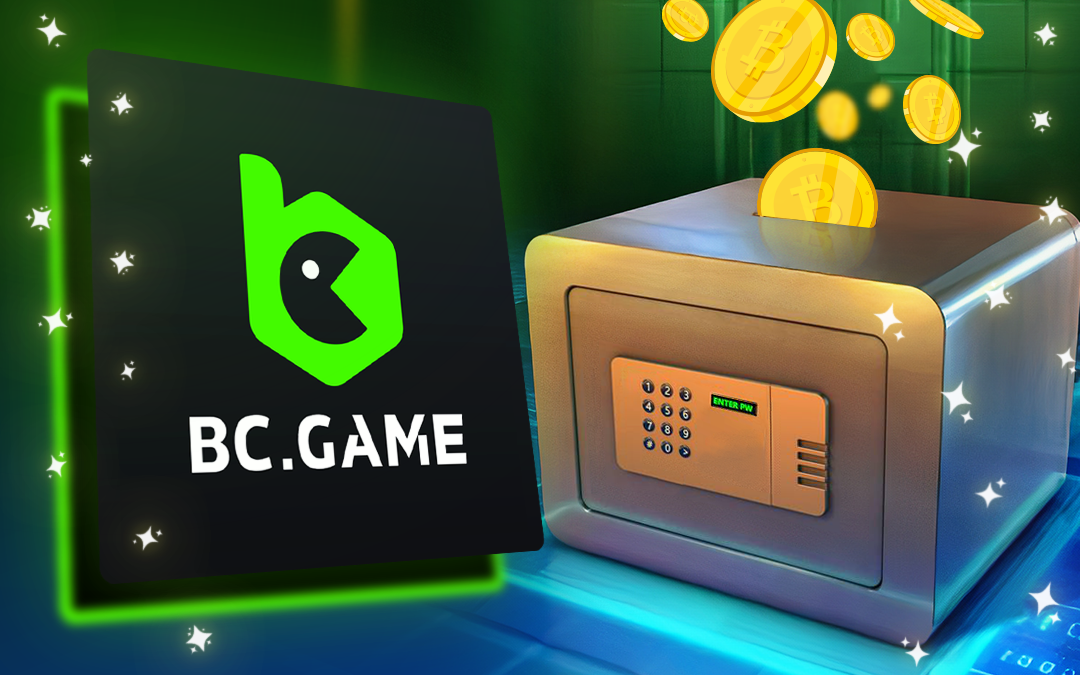This article is for you if you’re looking for ways to earn extra cash while venturing into the blockchain space! While some people are trading and investing in cryptocurrencies, some investors make money through staking and yield farming. These two are suitable for beginners in crypto since they don’t require much technical knowledge and skills. So, even if you sit comfortably on your couch and watch your favourite movie, you can make passive crypto income with these money-making schemes. And, speaking of yield farming, how do you make money from it? What is it, and how does it work? This article will show how to yield farming can increase your income streams.
What is yield farming?
If you just entered the crypto space, you’ll probably ask what yield farming is. In simple terms, yield farming is like staking cryptocurrencies, where you allow a blockchain network to use your assets and gain rewards in exchange for it. It’s the same as lending your crypto to earn an interest income later. So, the difference between yield farming and crypto lies in where it is usually done. For example, staking cryptocurrencies are popular among central exchanges like Binance. Tons of crypto project websites also allow staking.
On the other hand, yield farming is only possible on decentralized exchanges. It’s more community-focused, unlike centralized exchanges. No one controls these decentralized exchanges.
How does yield farming work?

How does yield farming work?[/caption] Now, how does yield farming work? You will see many trading pairs on decentralized exchanges that investors can invest in. For example, if you’re using PancakeSwap, you can see a list of trading pairs on the “Farms” and “Pools” pages. Investors choose the pools they want to invest in. Essentially, investors provide liquidity for these tokens so that the trading pair remain liquid when users buy and sell cryptocurrencies on the platform. When an investor invests in a pool, his cryptocurrencies will be locked for a specific time. Then, he’ll earn rewards based on the “APR” provided by the exchange.
The above screenshot shows APRs or Annual Percentage Rates, such as 38.85%, 18.52%, etc. These rates are calculated for a year. The rewards will be prorated if an investor takes out his stake from the pool after 60 or 90 days. Also, yield farming provides more benefits to investors other than the rewards they get from staking in liquidity pools. After providing liquidity, they get LP tokens. “LP” here stands for “Liquidity provider.” These LP tokens can be used within the decentralized exchange ecosystem.
So, whenever liquidity providers want to explore and earn more on the platform, they can use their LP tokens, as long as they are acceptable depending on the services LPs wish to avail of. That’s pretty much how to yield farming works. As mentioned previously, you don’t need to have the technical knowledge to contribute something to the liquidity pool. Just find a reputable decentralized exchange and learn how the platform works. The most challenging thing you’ll experience as a newbie in yield farming is navigating decentralized platforms, as some functions will initially seem complicated to use.
How to make money through yield farming
Now, for the most exciting part, let’s take a look at the steps on how you can make money through yield farming. Here’s the step-by-step guide on making money through yield farming or providing liquidity.
Step 1: Choose a reliable decentralized platform.
There are several reliable decentralized exchanges on blockchain. You can choose from platforms like Uniswap, PancakeSwap, SushiSwap, Raydium, and Binance. If you have a preferred decentralized platform, you can also opt for it. You need to make sure you choose a trustworthy platform so you won’t have any trouble later on.
Step 2: Make sure you have a crypto wallet to connect to the decentralized platform.
If you plan to make money from yield farming, you need a crypto wallet that works with the decentralized exchange you choose to use. Some of the most common wallets are Metamask and Trust Wallet. You can check the decentralized platform and ensure that your crypto wallet is compatible with it. Otherwise, you need to create a new one.
Step 3: Choose a trading pair you want to provide liquidity for.
Once everything is set, you can choose a trading pair for which you want to provide liquidity. Of course, you also need to do your research about trading pairs. If more people want to provide liquidity for the trading pair you choose, you can potentially earn more rewards in the future since the community of liquidity providers is substantial. When selecting a trading pair, check the APR or annual percentage rate. The higher the APR is, the more you will earn.
Step 4: Select the amount you want to put in the liquidity pool.
Next, you’ll need the amount of investment you want to put in. The amount doesn’t matter, whether big or small. You can start with a small amount and increase your investment over time. Or, you can invest a small amount, wait for your investment to return, and reinvest the total proceeds. This way, you can earn more as time passes by.
Step 5: Choose how long you want to lock your cryptocurrencies.
The lock period has a significant effect on your earnings. The longer you lock your cryptocurrencies in a pool, the more money you can earn. Although the usual earnings rate is calculated yearly, you can make more if you are willing to lock your crypto for longer than a year.
Step 6: Wait for the period to complete and claim your rewards.
And, for the final step, wait for the lock-in period to finish before you claim your rewards!
Summary
In yield farming, waiting is a rewarding activity. Since you have to wait for a particular expiration period, you don’t have to do anything while your crypto is locked. It makes yield farming friendly for beginners. And, of course, you can join too if you are an expert. The more income channels you have, the more profits you can take home.

















